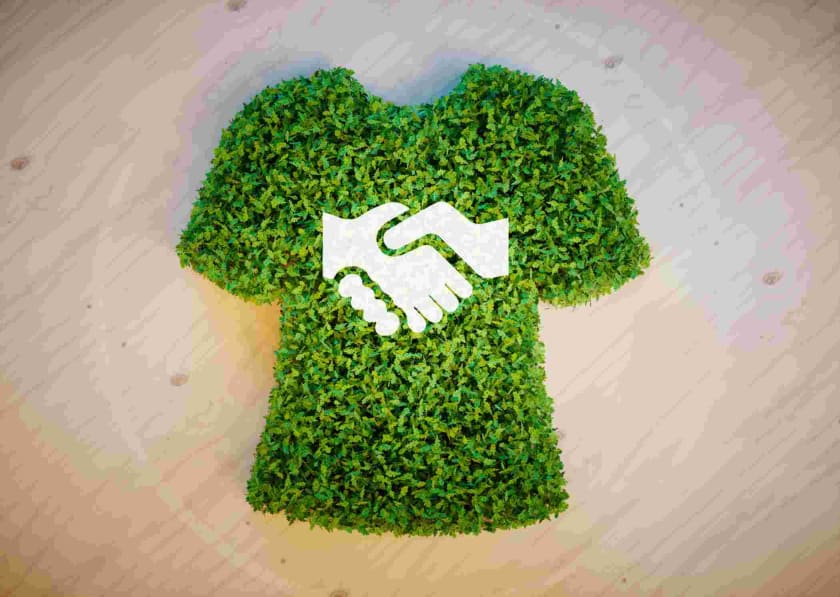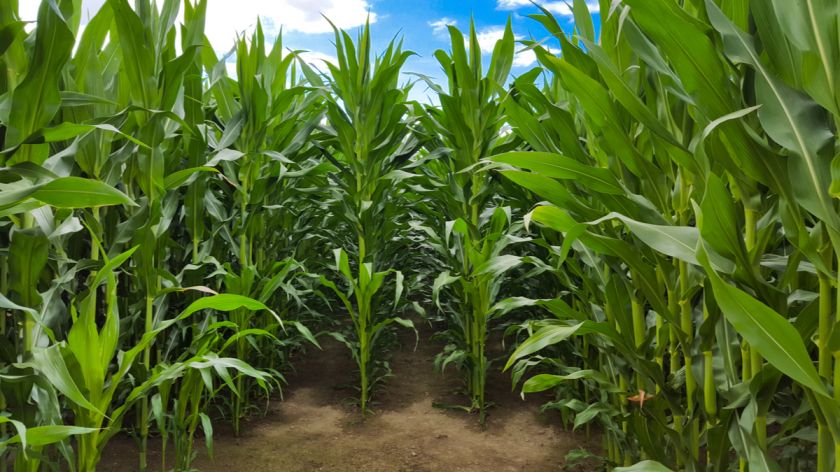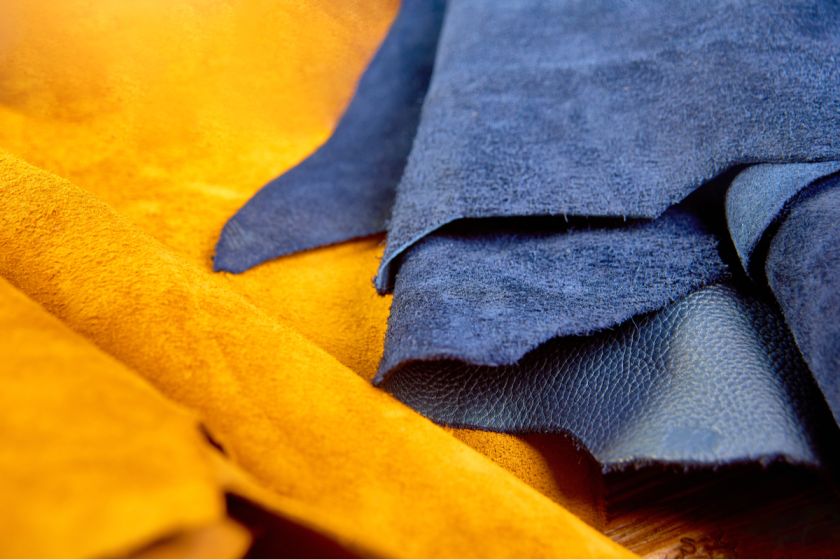How Can Technology Help The Apparel Industry To Improve The Environmental Record?



The fashion industry contributes more to pollution and climate change than many other sectors. It generates 20% of wastewater and 10% of carbon emissions globally, according to the United Nation. Also, each year, the industry is responsible for releasing half a million tons of synthetic microfibers into the ocean. The fast-fashion model, in which designs shift swiftly from runway to store, is considered a major contributor to these problems. However, in recent years, growth in environmental concerns has been observed. Technology trends offer interesting opportunities to improve the environmental record.
Tech Innovations for a more Sustainable Fashion Industry
1. Alternative textiles
Natural fibres such as cotton, although organic, are resource-intensive. Synthetic materials like acrylic, polyester, and nylon are non-biodegradable and can contain harmful chemicals. Hence, some fashion brands are turning to agricultural waste products such as leaves and rinds to create more eco-friendly textile alternatives. For example, British company Ananas Anam turns pineapple leaves into a leather textile called Piñatex. Fibers are extracted from pineapple leaves and after processing, emerge as a non-woven mesh forming the base of the textile.
2. Regenerative farming
Cotton and some raw agricultural materials are directly responsible for soil degradation and biodiversity loss. Some fashion brands are trying to explore regenerative agriculture to curb these negative effects on the environment. Regenerative agriculture aims to restore soil health through practices like composting, disuse of synthetic fertilizers & pesticides, and planting crops that grow year-round to enrich the soil and prevent erosion. French luxury brand Kering has partnered with the Savory Institute, a nonprofit organization to support regenerative agriculture. It helps identify and develop a network of regenerative farms.

3. Making fashion circular
This Make Fashion Circular initiative aims to design out waste, keep materials and products in use for as long as possible, and regenerate the environment. Brands like Burberry, Gap, H&M, Nike, and Stella McCartney, are working with city officials, fashion producers, and designers to focus on business models that keep clothes in use, incorporate more renewable materials, and recycle old clothes into new ones. Make Fashion Circular has teamed up with New York City to launch the #WearNext campaign, in which participating stores serve as drop-off points for old, unwanted clothes.
4. Automated manufacturing
Automation enables a local supply chain as it requires less transportation. This would result in reduced pollution. Sewing bots (or “sewbots”) are making their appearances in some manufacturing floors, helping with everything from spinning and weaving fabric to assembling complete towels, pillows, and even T-shirts. Sewbots reduce scrap wastage and hence reduce waste.
5. Future-forward biotech
To mitigate the effects of chemicals and inorganic fibres companies are exploring alternative fiber and dye sources. Biomaterials company AlgiKnit has developed degradable yet durable bio yarn from kelp, a seaweed naturally occurring in coastal waters that absorbs carbon dioxide and can grow without any fertilizer. Bolt Threads, a California-based startup, uses bioengineering inspired by spider webs to spin silk proteins into fibers. Modern Meadow, another startup, uses the principles behind cell biology to create animal-free, lab-grown leather.

Fashion Industry has enough potential to clean up the woeful environmental record it has created. The rising demand for an eco-friendly fashion has pushed designers to think out of the box in favour of the environment. One of the recent results of such demands is New York designer Charlotte McCurdy's seaweed raincoat. She came up with a process of making a shimmering algae-plastic in the lab. She also teamed up with fashion designer Phillip Lim to make a sequin dress. This, she said, is her way to demonstrate that decarbonized clothes are possible.



















